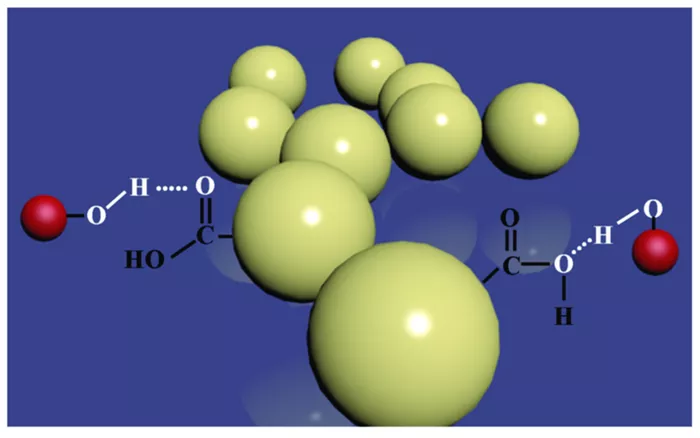Salicylic acid cleanser has become one of the most popular skincare products worldwide. People struggling with acne, oily skin, or clogged pores often turn to this ingredient, hoping it will transform their skin. But what exactly makes salicylic acid cleanser so effective? How does it work, and is it suitable for everyone? In this article, we will explore the science behind salicylic acid, its benefits, potential side effects, and how to incorporate it into your skincare routine for optimal results. By the end, you’ll understand why this cleanser might just be the key to clearer, healthier skin.
Salicylic acid is a type of beta hydroxy acid (BHA), which means it is oil-soluble. This property allows it to penetrate deep into the pores, dissolving the oil and dead skin cells that clog pores and cause blackheads and acne. Unlike many other acids, salicylic acid works both on the surface and inside the pores, making it especially effective for oily and acne-prone skin types. This deep-cleansing action helps to prevent breakouts and smooth the skin’s texture over time. It also has anti-inflammatory properties, which can reduce redness and swelling associated with acne lesions.
Using a salicylic acid cleanser regularly can lead to visibly clearer skin. Many users report fewer pimples, reduced blackheads, and a more balanced skin tone after consistent use. The cleanser also gently exfoliates the skin, removing dead cells that can make the complexion look dull. However, it is essential to use this cleanser correctly because overuse or combining it with harsh products can cause irritation. People with sensitive or dry skin should start with a lower concentration or use the product less frequently to avoid dryness or redness.
Incorporating salicylic acid cleanser into your daily skincare routine requires understanding your skin’s unique needs. It is best used after removing makeup or dirt to deeply cleanse pores. Applying it twice a day—morning and night—can keep your skin fresh and reduce oil buildup. After cleansing, following up with a moisturizer is crucial since salicylic acid can sometimes dry the skin. Also, using sunscreen daily is necessary because exfoliating acids can increase skin sensitivity to the sun’s harmful rays. Proper hydration and sun protection will ensure the skin heals well and remains healthy.
Salicylic acid cleanser is not just for acne-prone teens. Adults with adult acne or skin conditions such as keratosis pilaris and psoriasis have also found relief using products with this ingredient. Its ability to reduce inflammation and gently exfoliate makes it a versatile option for various skin concerns. For those with oily skin, salicylic acid helps control excess sebum production, which is a major cause of acne formation. For people battling occasional breakouts, it can be a preventive tool to maintain clearer skin. It is also effective in unclogging pores that lead to blackheads and whiteheads, creating a smoother skin surface.
Despite its benefits, some users may experience side effects, especially if they have sensitive skin or use too much product. Common issues include dryness, peeling, or irritation. These symptoms often lessen after the skin adjusts to the product, but if they persist, it’s advisable to reduce the frequency of use or switch to a lower concentration. Consulting a dermatologist before starting salicylic acid treatments can provide personalized advice, ensuring safe and effective use. Patch testing a small area before applying it all over the face can also help prevent unwanted reactions.
Many brands offer salicylic acid cleansers, varying in concentration and formulation. It is important to choose a product suitable for your skin type. Cleansers typically contain between 0.5% and 2% salicylic acid. Beginners should start with a lower concentration to gauge skin tolerance. Additionally, some cleansers include soothing ingredients like aloe vera or green tea extract to counteract potential irritation. Those with more severe acne might need to complement their regimen with other treatments, but salicylic acid cleanser remains a foundational step in cleansing and maintaining skin health.
In conclusion, salicylic acid cleanser stands out as a powerful yet accessible skincare product for many people seeking clearer, healthier skin. Its unique ability to penetrate pores, reduce oil, and calm inflammation makes it a preferred choice for treating acne and improving skin texture. However, successful results depend on using the product correctly and understanding your skin’s needs. By combining salicylic acid cleanser with proper hydration, sun protection, and a balanced skincare routine, you can unlock its full potential and enjoy a brighter complexion. If you are curious about trying it, start slowly, pay attention to how your skin reacts, and consider professional guidance to achieve the best outcome.
Related Topics

































